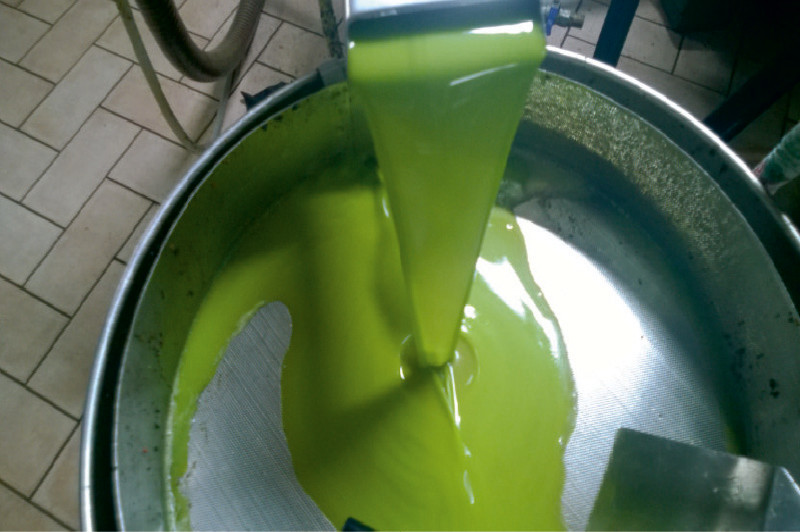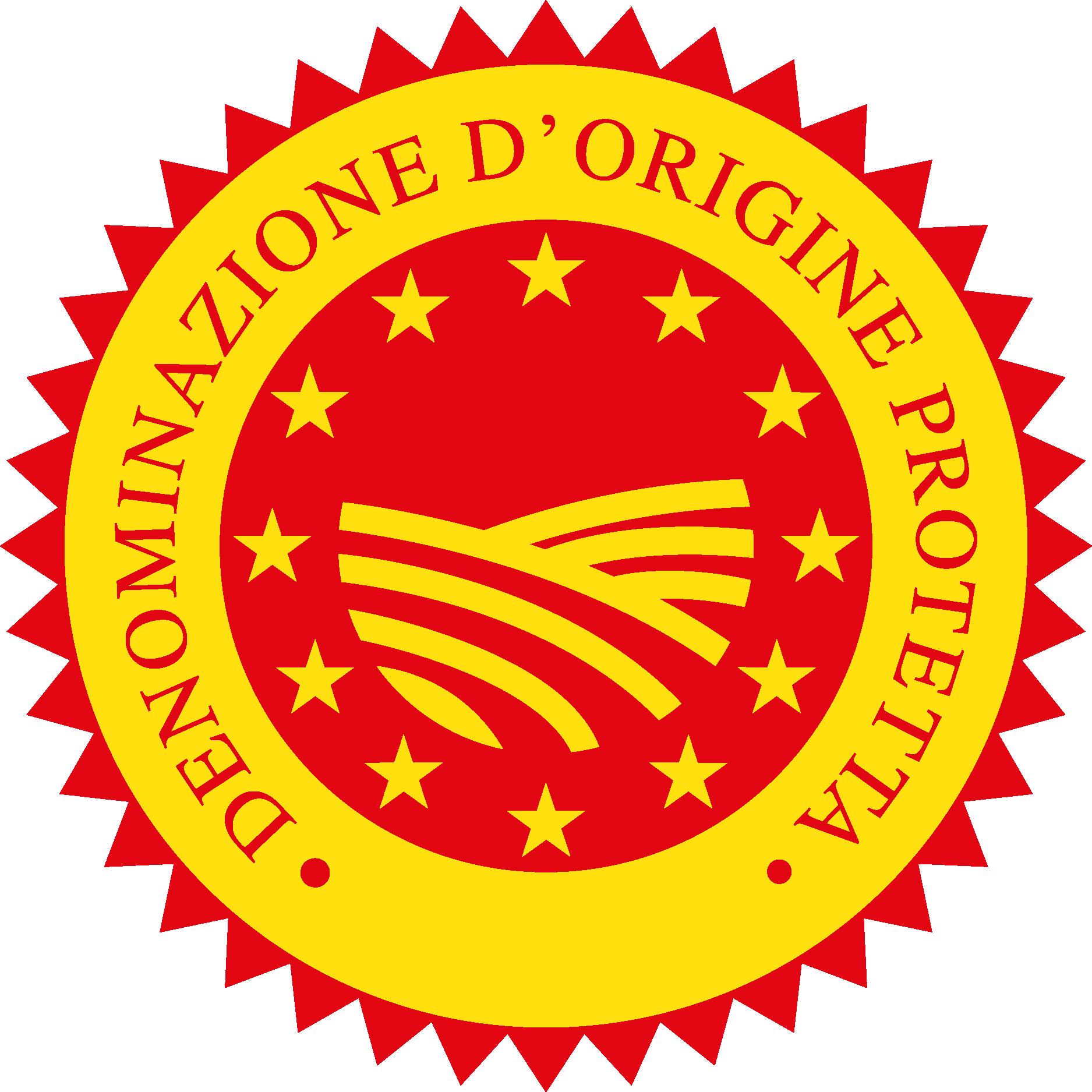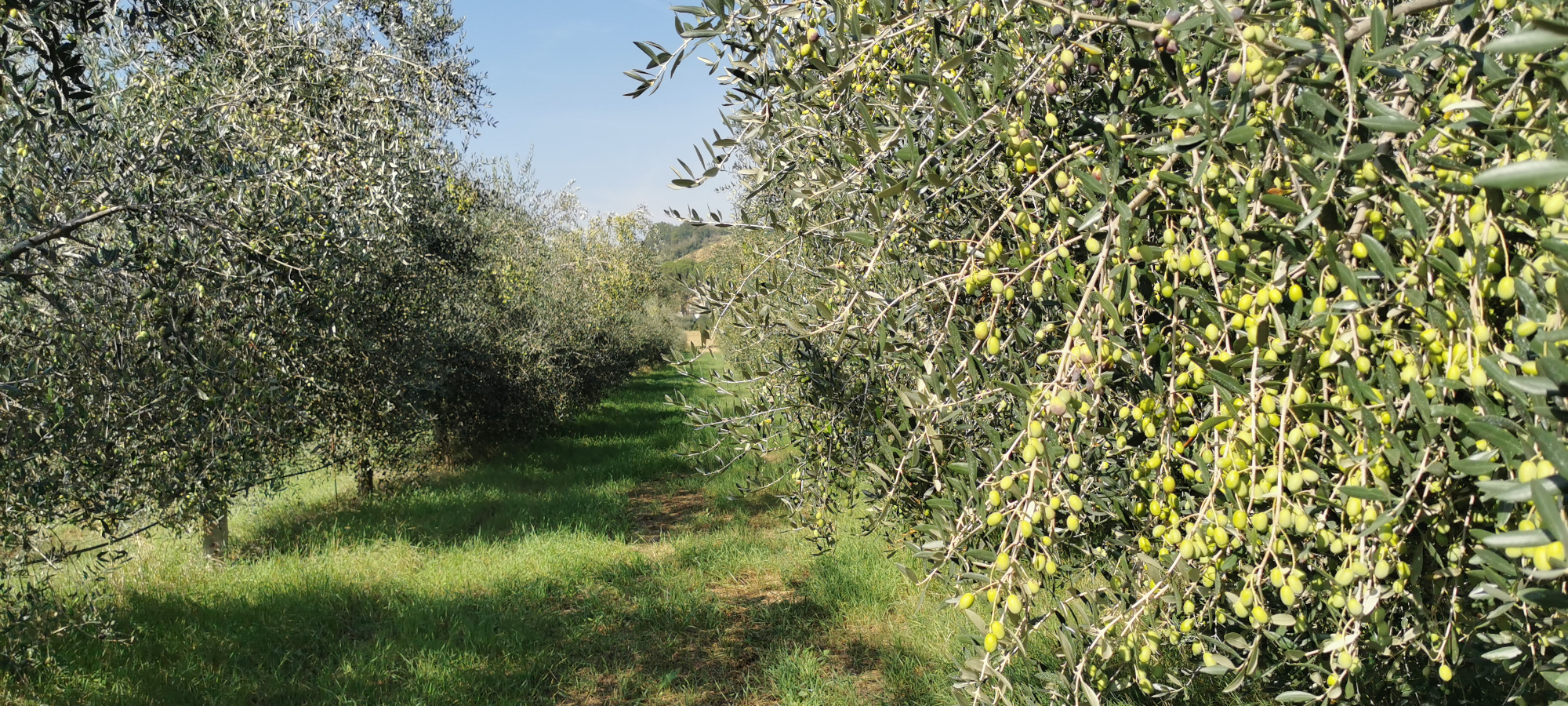
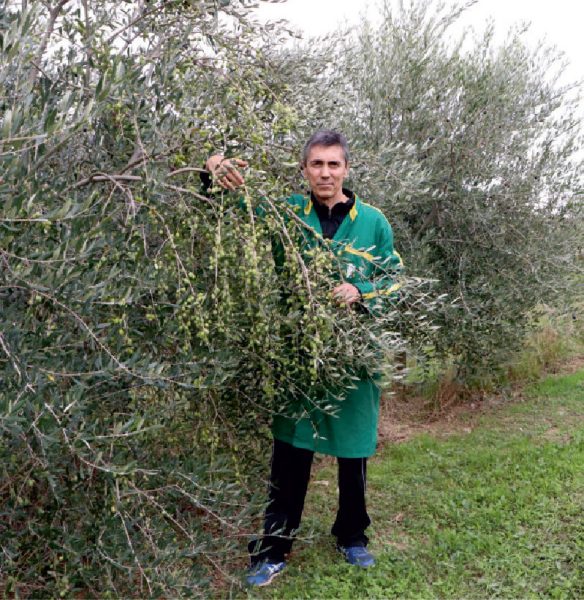
Paganelli agricultural company and oil mill: 50 years of passion and innovation
Extra virgin olive oil
Discover the production cycle of our oil
Vegetative awakening
In March the vegetative awakening of our olive grove begins.
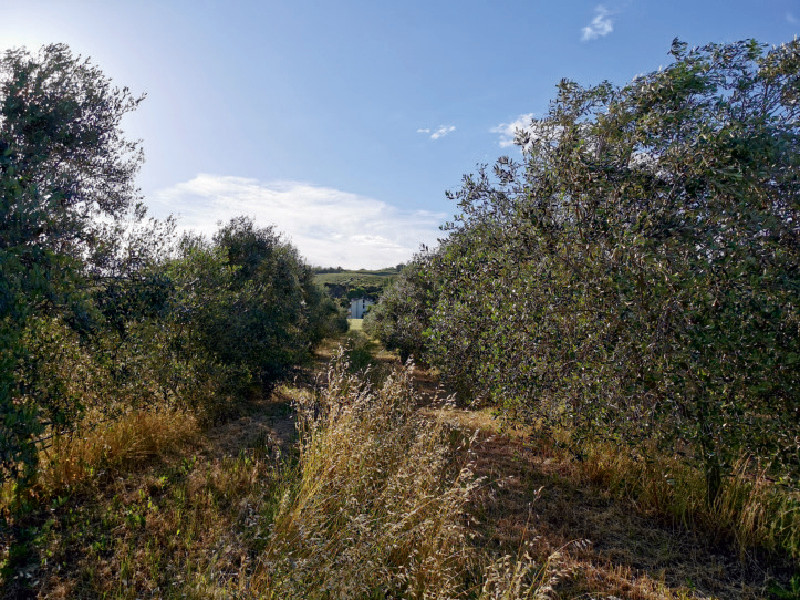
Bloom explosion
Flowering will begin at the end of May and in the first days of June the olive trees will be whitened by beautiful and characteristic clusters of small flowers.
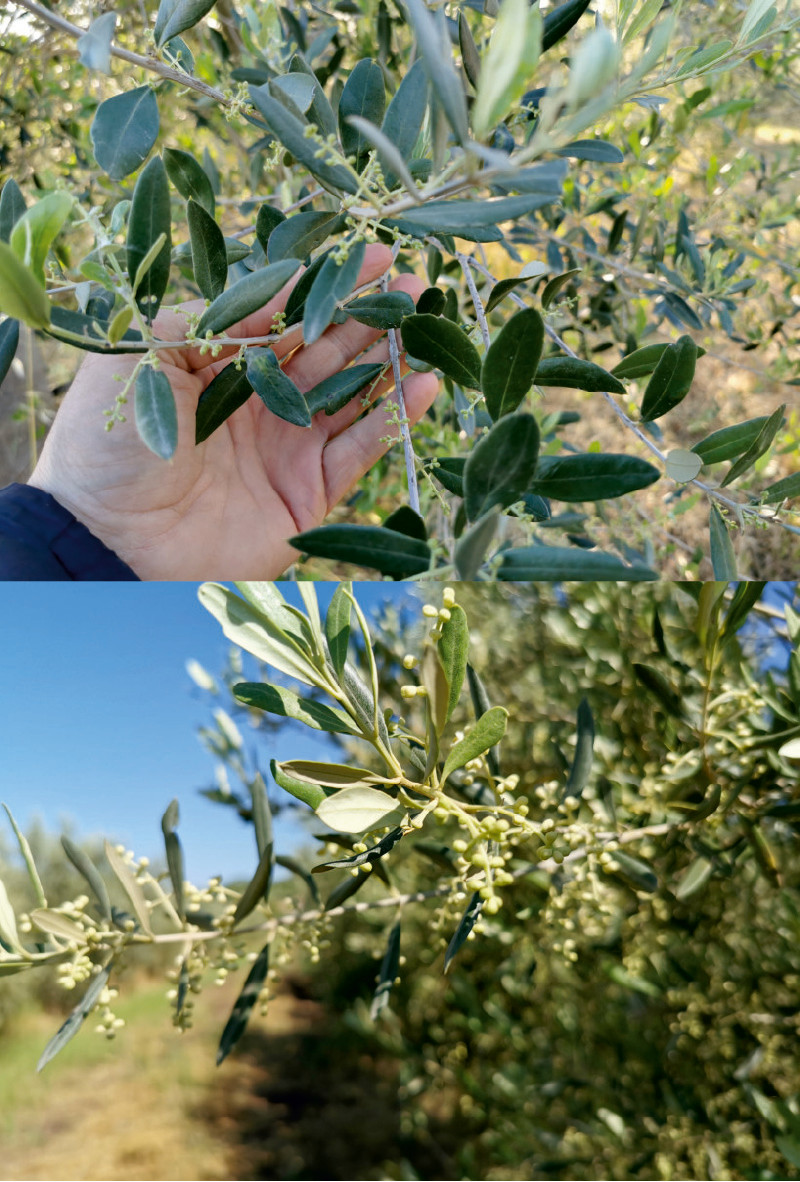
Fruit setting
It is one of the most important phases of the life cycle of the Olive Tree: around June 10th the transformation of the flowers fertilized into fruits, very small olives.
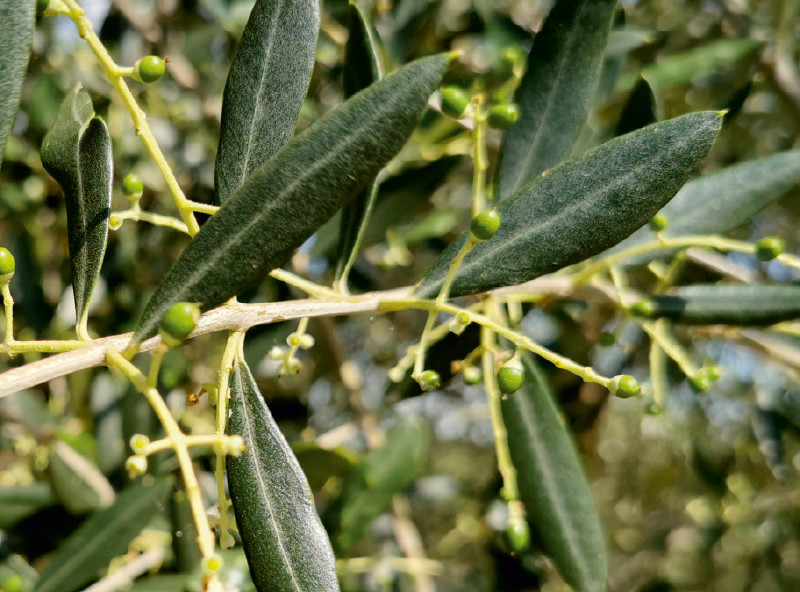
Drupe growth
During the months of June, July and August, the olive must have all the necessary elements to correct growth (water and nutrients).
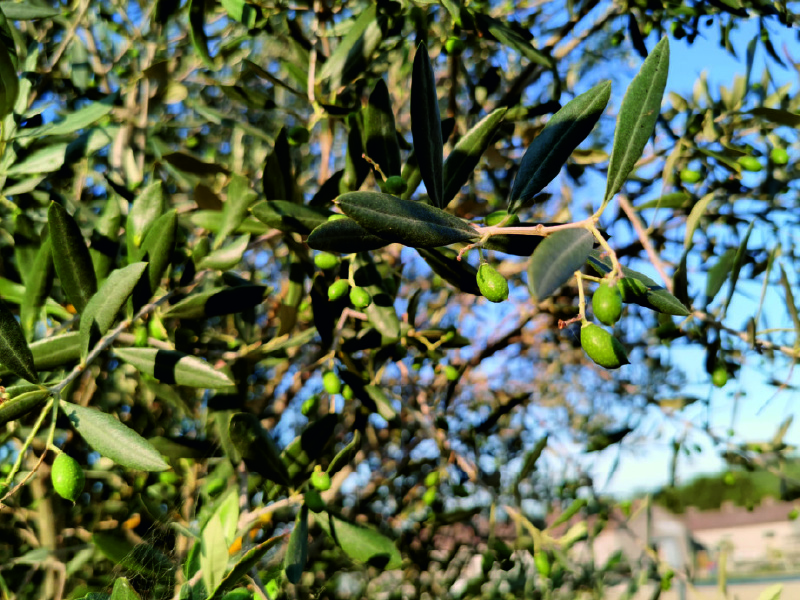
In early October the olive is ready to start harvesting
Inolition is the most important of the maturation phases of the fruit of the olive tree (the olive or "drupe"). At this stage it occurs the increase in the lipid component of the fruit. The fruit yes enriches with oleic and linoleic acid: fundamental elements for the yield of the oil at the mill and for the quality of the oil itself. It mainly occurs from the end of August to the first days of October, and it is very important that it is well supported by a good one summer watering during the growth phase. Very important the drip irrigation system with which our olive groves are equipped.
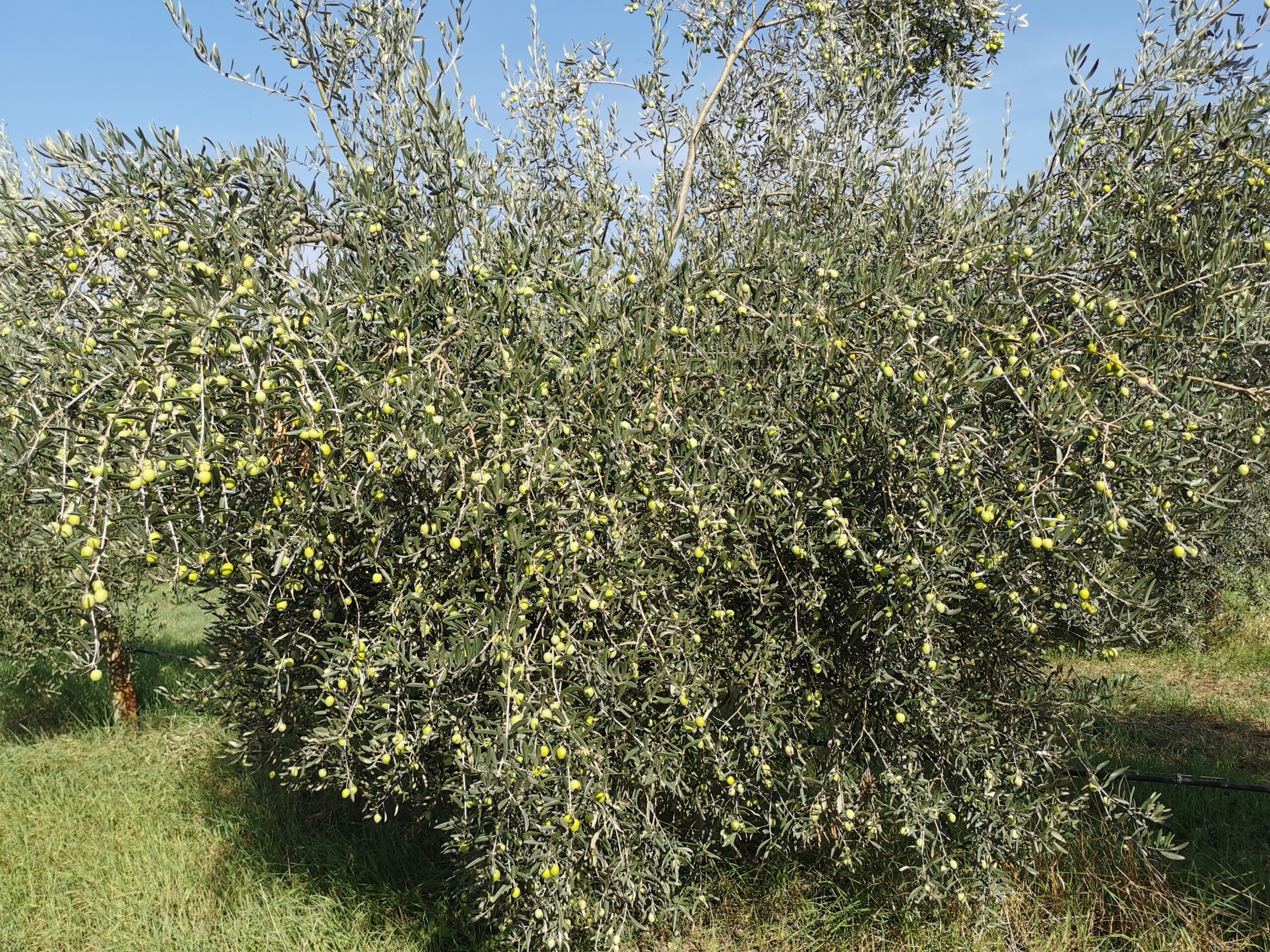
Much of the water used for irrigation comes from
our storage of rainwater, recovered from roofs and from
square of our oil mill (6000 quintals of rainwater).
With the same system, for biological fertigation, they come given the plants all the nutrients necessary to support a good oiling and final quality of the extra virgin olive oil.
The harvest
The harvest begins around October 10th and continues until around November 10-15. With electric shakers, shaking the branches, the olives fall onto the nets. The nets, 200 meters long, they are spread out and collected quickly by means of collection rollers driven by our tractor. This makes it faster harvesting and allows the olives to be transformed in extra virgin olive oil a few hours after harvesting, with a great advantage for the quality.
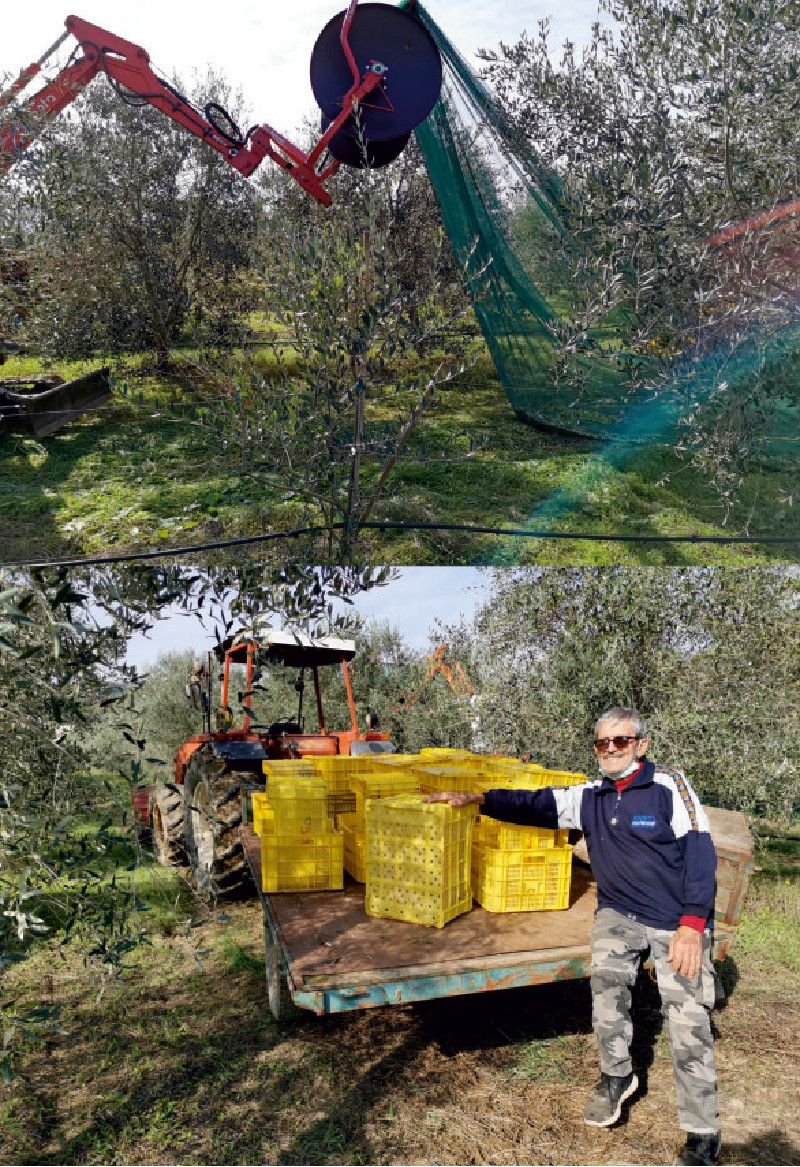
Production in our company mill
The olive arrives at the mill shortly after harvesting. The first operation is correct defoliation and subsequently a good wash to prepare the olive for grounding.
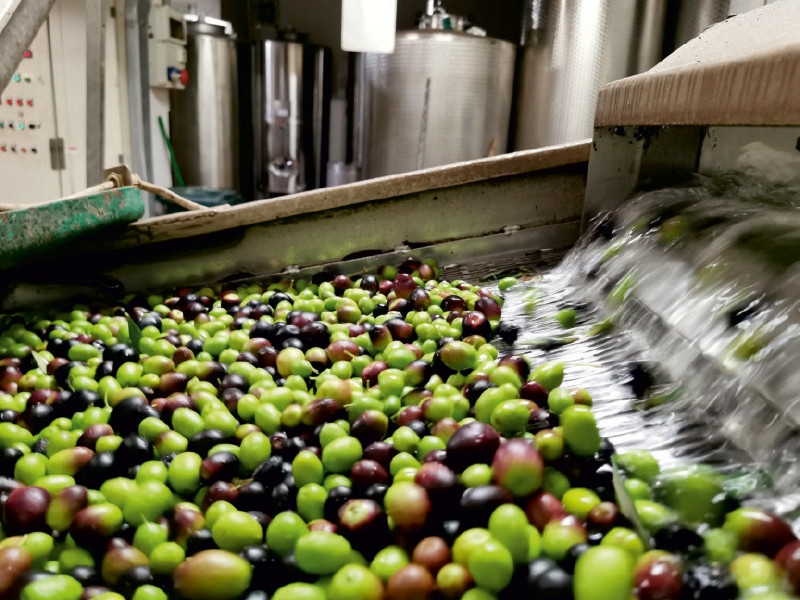
Malaxing phase
After grounding, the malaxing phase is necessary about 20-30 minutes. This is a slow stirring of the ground olive paste; It is intended to break the emulsion between water and oil and let the oil micelles flow into more drops large ones that tend to spontaneously separate from the water.
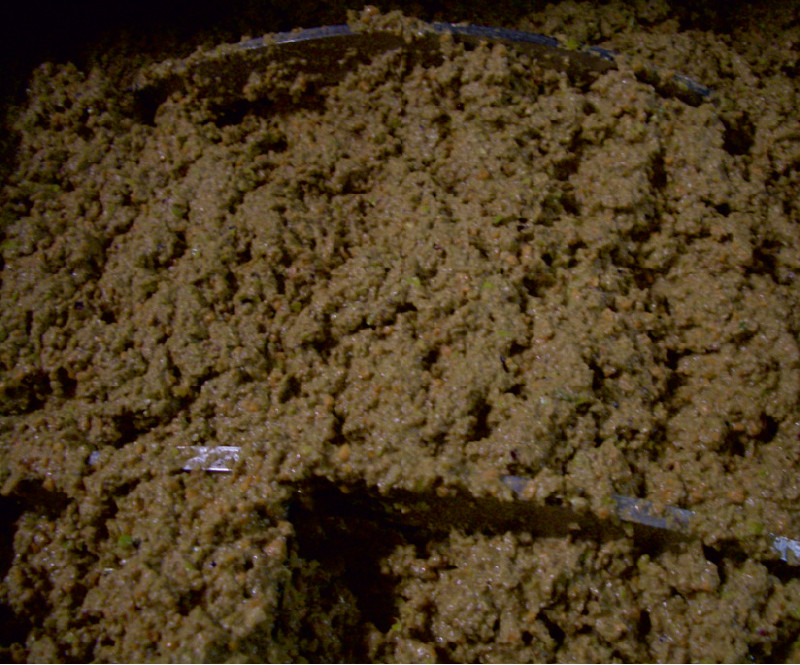
Final oil separation
After the malaxation phase, the oil is finally ready for separate from the olive paste. This happens by means of a machine called “decanter”, in a single operation. Our two-stage decanter separates the oil without adding mains water, using only vegetation water naturally present in the olive (very rich in antioxidants), with a great advantage for the environment and quality of the oil produced.
